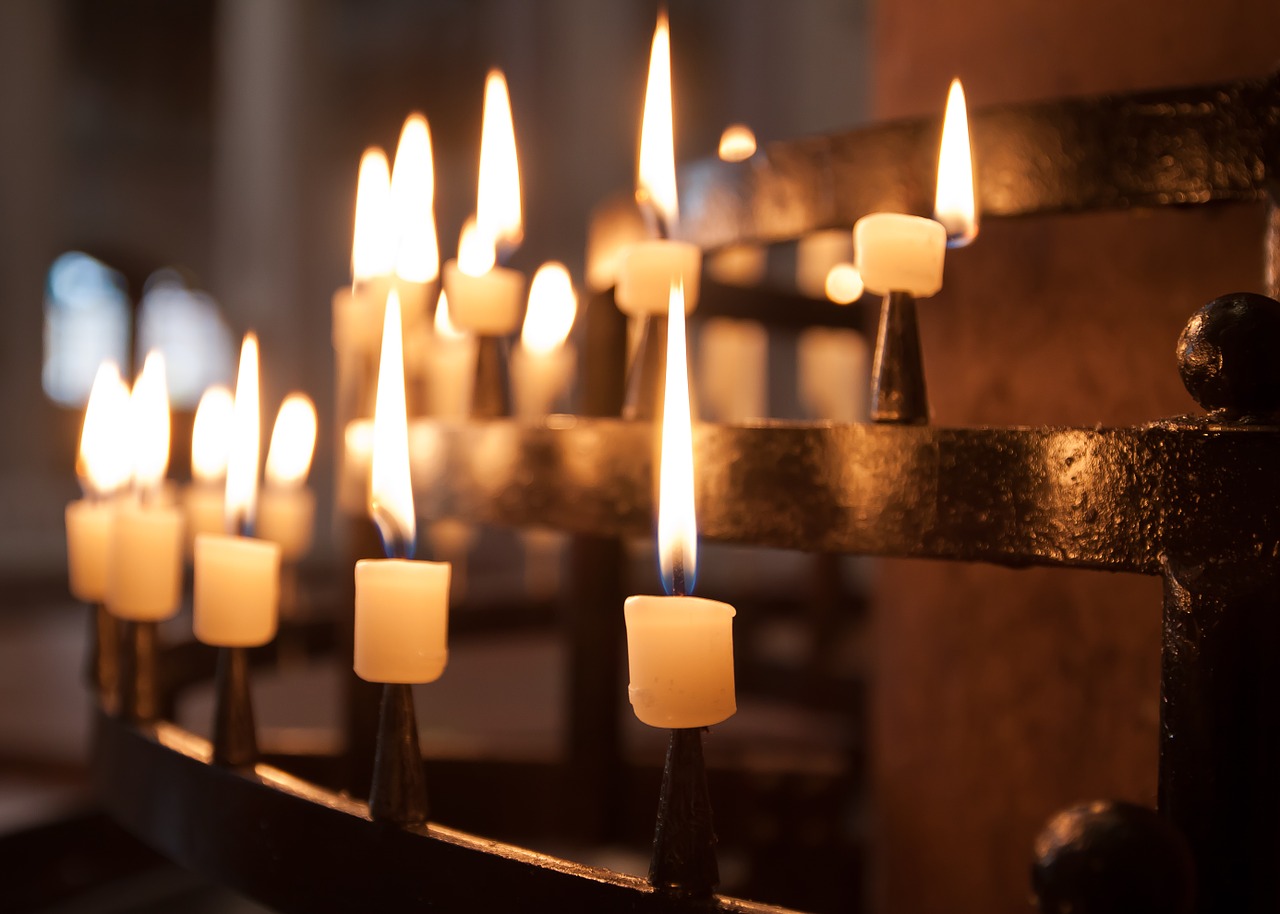Answered by Legionary of Christ Father Edward McNamara, professor of liturgy and dean of theology at the Regina Apostolorum university.
***
Q: I read the instruction on burial and cremation. What about the burial of a Catholic who donates his full body for medical research? How can his «memory» be retained in the Church? — F.D., Mumbai, India
A: First of all, I think it is necessary to address the question as to the legitimacy of such donations. Although in earlier times there was some hesitation as to this point, the Church later permitted the use of bodies for medical research.
Pope Pius XII, in his May 14, 1956, allocution to a group of eye specialists, suggested that «The public must be educated. It must be explained with intelligence and respect that to consent explicitly or tacitly to serious damage to the integrity of the corpse in the interest of those who are suffering, is no violation of the reverence due to the dead.»
That statement is echoed in the Catechism of the Catholic Church, which says in No. 2296:
«Organ transplants are in conformity with the moral law if the physical and psychological dangers and risks to the donor are proportionate to the good sought for the recipient. Organ donation after death is a noble and meritorious act and is to be encouraged as an expression of generous solidarity. It is not morally acceptable if the donor or his proxy has not given explicit consent. Moreover, it is not morally admissible to bring about the disabling mutilation or death of a human being, even in order to delay the death of other persons.»
Likewise, the Catechism states in No. 2301:
«Autopsies can be morally permitted for legal inquests or scientific research. The free gift of organs after death is legitimate and can be meritorious. The Church permits cremation, provided that it does not demonstrate a denial of faith in the resurrection of the body.»
In his 1995 encyclical “The Gospel of Life,” Pope St. John Paul II called organ donation an example of “everyday heroism.”
Some years later he was also clear about the merits of donating one’s body to science when he addressed the participants of the Ninth Assembly of the Pontifical Academy for Life on February 24, 2003.
He said, «All, believers and non-believers, acknowledge and express sincere support for these efforts in biomedical science that are not only designed to familiarize us with the marvels of the human body, but also to encourage worthy standards of health and life for the peoples of our planet.”
In the same address, he went on to say, “The Church respects and supports scientific research when it has a genuinely human orientation, avoiding any form of instrumentalization or destruction of the human being and keeping itself free from the slavery of political and economic interests.”
In October 2014, Pope Francis met with the Transplantation Committee for the Council of Europe and called the act of organ donation “a testimony of love for our neighbor.”
The U.S. bishops conference has addressed the issue in its «Ethical and Religious Directives for Catholic Health Care Services.»
Thus the overall principle of the legitimacy of organ donation and donation for science is fairly well established.
The Church warns, however, that this must always be considered a gift, and that human remains not be used for commercial purposes. Further, it insists that human remains must be treated with reverence and respect.
The recent document on cremation reiterates the principle already stated in several other documents, that cremated remains should be buried with the same reverence given to the bodies of the faithful departed. Therefore, the remains, or the ashes in the case of cremation, should eventually be entombed. Some dioceses even donate grave sites and burial services for those who donated their bodies to science.
In most cases institutes that receive donated remains have established protocols which foresee the return of the remains or the ashes for burial after a set period. This would usually be about 12 weeks, although in some special cases it can be after one or two years.
Since it is usually impossible to have a funeral with the remains shortly after death, as this would render the body unsuitable for research purposes, a memorial Mass without the body can be celebrated so as to entrust the soul of the deceased to God and offer the family the opportunity of mourning together.
When the remains are released to the family, another Mass may be offered. This may be taken from the third section of Masses for the Dead in the Roman Missal: “Various Commemorations.”
The rubric of this section states: “This Mass may be celebrated when the news of the death is first received or on the day of final burial, even on days within the Octave of the Nativity of the Lord, on days when an Obligatory Memorial occurs, and on weekdays, with the exception of Ash Wednesday and weekdays during Holy Week.”
* * *
Readers may send questions to zenit.liturgy@gmail.com. Please put the word «Liturgy» in the subject field. The text should include your initials, your city and your state, province or country. Father McNamara can only answer a small selection of the great number of questions that arrive.

Pixabay.com - Foto-Rabe
LITURGY Q & A: When Bodies Are Donated for Research
Fr. Edward McNamara Says: ‘Memorial Masses Can Be Celebrated’


